The good news is that more shoppers are using c-stores; the bad news is that a large number of them make a beeline for just one place in the store. We look at how retailers are stopping consumers from shopping on autopilot and are diverting them to other areas
How many of your customers head straight to one area of your store, buy just a single item, and head straight out again? Latest research suggests it could well be quite a few. Last year HIM released research showing that only 15% of shoppers walk through every aisle of a convenience store, and a staggering 67% went only to the aisles they required. The remaining 18% of shoppers only made it as far as the kiosk at the front of the shop.
With the trend towards shoppers using c-stores more often looking set to continue, the challenge is on to ensure that once they are in your store, they spend more there, too. “Many are on a customer mission and interrupting them is key to driving more sales,” says Katie Littler, HIM insights director.
“To help do this, retailers and suppliers should try to use messages to communicate to shoppers on specific missions, encourage shoppers to view each aisle and capture their attention with price and promotions,” she adds.
Antony Downing, head of development at Costcutter, acknowledges that today’s convenience store shoppers are often focused on single-item purchases, and that finding ways to encourage additional spend is crucial. Yet he believes there are techniques which store owners can use to squeeze out a bigger spend. “Retailers should try to distract shoppers and interrupt their shopping process with strategic positioning of products, promotions and POS messages. Retailers can also create opportunities for additional sales by placing complementary lines adjacent to key products, thereby simplifying the purchase process.”
Retail consultant Karl McKeever points out that retailers first need to understand how a shopper naturally moves around a store. “Contrary to popular belief, shoppers don’t weave up and down aisles. Instead, people tend to use the perimeter of the store and drop in and out of aisles,” he explains.
He believes that creating more aisle ends by segmenting bays makes a store more interesting to shop, and ensures that “key products can be pushed into the customer’s path”. The more aisles in a shop, the more likely a customer is to ‘dip in and out’, making them pass by more products, he adds.
Nick Bradley of Bradley Costcutter, Newtown, Powys, used this technique when he developed his store in the summer of 2014. He turned the original two aisles 90 degrees to create seven aisles, running from front to back. This created more aisle ends, which can be used for essential products and promotions, he says. “This has created much better sight lines for customers, who can now see all the way through the store the moment they walk in.”
Aisle height and width can also have an impact on sales. Customers usually look at products which fall at their eye level, therefore the products with the biggest margins should go here to maximise profit. Adds Karl: “Increasing the width and reducing the height of aisles can improve the shoppers’ view and navigation of the store.”
Sampling
The tasty way to attract attention
At Gravelles Budgens, regular sampling events are helping to steer shoppers off course and try new products or items they haven’t noticed before.
Michelle Gravelle, who runs three stores in Cambridgeshire, Hertfordshire and London with her husband Paul, says they run tastings in all three stores.
In January it was the turn of Irish firm Mash Direct to tempt shoppers with their potato and veg products at the Sawbridgeworth store in Hertfordshire.
Says Michelle: “The company contacted us as we are one of its top retailers. They set everything up, giving out samples and money-off vouchers for that day.”
The results were “superb” reports Michelle, although she points out it is important to ensure you back up any giveaways with enough stock so you don’t leave shoppers disappointed.
She says they receive plenty of support from suppliers, who are usually willing to send in samples or provide a rep. “The suppliers themselves sell the products better as they know their products inside out, but a well-trained staff member can do the job, too.”
Dean Holborn, of Holborn’s in Surrey, made aisle width a priority when refurbishing his store last year, with the aim of making it easier for mums with pushchairs and those in wheelchairs to shop, and linger for longer. Prior to the refurbishment, large pushchairs had to be left at the front of the shop as the aisles weren’t big enough to accommodate them. This meant that mums would try to make their shop as speedy as possible, buying just the items they needed. With their journey made easier, they are now more likely to shop the entire store. Dean explains: “Mums can now take their pushchairs around the store, and more than one mum can even shop at once! We also have customers with disabilities; a lady can now get her mobility scooter the whole way around the store. I didn’t appreciate what a difference it would make.” The difference to the bottom line is clear as sales just four weeks after the refit were 15% up on pre-refit figures.
Costcutter’s Downing supports Dean’s theory: “Ease of navigation is crucial, and simple changes to layouts, such as wider aisles for easier access for buggies and wheelchairs, can have a positive impact.”
McKeever believes that as well as structural changes such as aisle width, considering where categories are positioned can play a key role in encouraging those with one item on their mind to look at other areas. “Retailers could consider moving ‘destination goods’ such as bakery or ‘meals for tonight’ towards the rear and middle of the store, forcing shoppers to walk past as many other aisles and ends - carrying the most profitable lines - as possible.”
David Knight, who owns two Budgens stores in West Sussex, believes he has found a good compromise in making it easy for shoppers to find what they want in a hurry and getting them to shop the rest of the store. He tells C-Store: “Food for tonight is advertised at the store entrance, however the meals are spread across the entire aisle, driving customers towards the back of the store. Here, customers can find easy meal ideas such as meats and sauces, which are close together.”
David also advertises meal ideas and recipes throughout the store, prompting customers to stop and think about what they are going to eat that night. This also helps to promote other related products at the same time. “We don’t have people’s attention for very long and need to inspire them right away,” he points out.
James Brundle, owner of the Eat 17 Spar store in Hackney, East London, employs another technique to inspire his shoppers to look around. The store has a long ramp leading from the entrance down to the shop, which creates a wide, open and raised store front, giving customers a full view of the entire store and burger bar, and the tempting goods on offer.
James says: “It was my brother’s idea. It’s a stunning shop and we wanted customers to be able to see that. Customers say they feel like they are walking on a catwalk.”
Paul Sohal, who runs a Nisa store in Crich, Derbyshire, has a simpler method of encouraging a bigger basket spend: cross-merchandising. Says Paul: “I put the crisps opposite the beer and the desserts in the same section as the alcohol.” That way, the customer who comes in for a four-pack goes home with a snack to enjoy while watching the footie, and a dessert for afterwards.
From enticing displays of promotional lines to product sampling - who can resist a giveaway? - there are many ways to stop a shopper in their tracks. And with shoppers spending an average of just five minutes in a c-store, according to HIM, any method that extends that is worth exploring.
Hot spots
Make best use of the busiest areas
According to HIM Reseach and Consulting, retailers should be putting their efforts into targeting specific areas of a store for messages and communication in order to divert the single-minded shopper.
Alongside impulse areas such as confectionery and snacks, the till point is the most important spot for engagement and influence, says insights director Katie Littler.
“Regardless of store size, the till is the hot spot. CTP 2014 research found that while 100% of shoppers visit the till point, 18% of shoppers visit the till point only.”
Littler recommends creating a queueing system to maximise the till point area by placing heavy or larger items in the centre of the shop opposite the till to form a partition and queue-type system.
Littler adds that audio messaging in hot spot areas is an innovative way to influence shoppers while they are in the store.















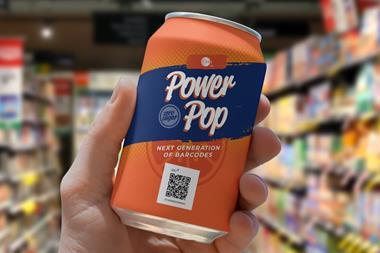
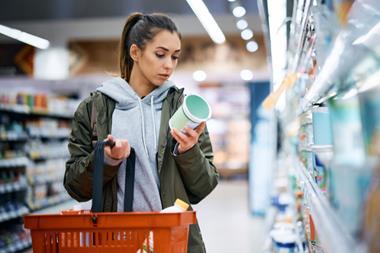
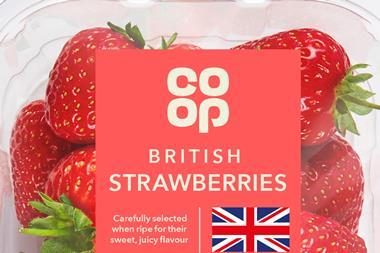
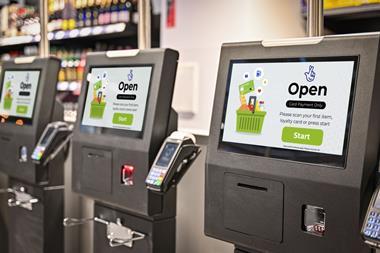

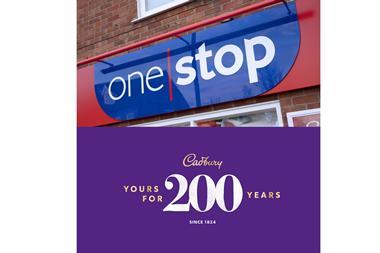
No comments yet